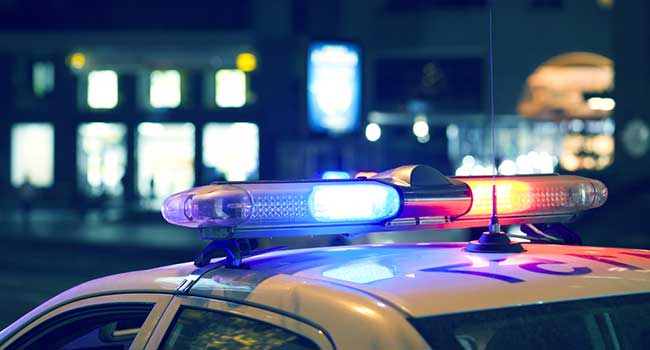
New Laser Technology Gives Emergency Response Officers an Edge
Baldwin County Sheriff’s Office is currently using a scan station to create 3-D pictures of properties. They transitioned to using the device in schools and in crime scenes in order to gain a comprehensive picture of the scene.
- By Kaitlyn DeHaven
- July 15, 2019
A new technology could eliminate law officers biggest fear when responding to a school emergency – the unknown.
A scan station is currently being used by the Baldwin County Sheriff’s Office to create a 3-D picture of the property. The device sits on a tripod and uses a laser to scan buildings both inside and out, and from that, creates a 3-D picture of the property.
Lt. Daniel Steelman said that the device gives the officers a better idea of where they could go to have a better advantage. He said some officers are already using the technology to document crime scenes.
They’re scanning select schools in Baldwin County to give themselves an advantage by knowing what they might encounter inside before they enter a building.
“The whole device will spin 360 degrees,” Steelman said.
When used, the device will spin and a small mirror will flip as the scanner bounces laser beams off surfaces to create its images.
According to NBC 15, Lt. Steelman and staff ran a scan of the sheriff’s office’s gym and took a series of photos that allowed the viewer to use a computer screen and see the inside from left to right, top to bottom, and every spot in between.
“Then, we stitch together - almost like a quilt – the entire footprint of these scans,” Steelman said. “We’ll probably do 120 of [them].”
The result is a comprehensive picture of the entire building, which gives officers an advantage by seeing where the assailant may be hiding.
About the Author
Kaitlyn DeHaven is the Associate Content Editor for the Infrastructure Solutions Group at 1105 Media.